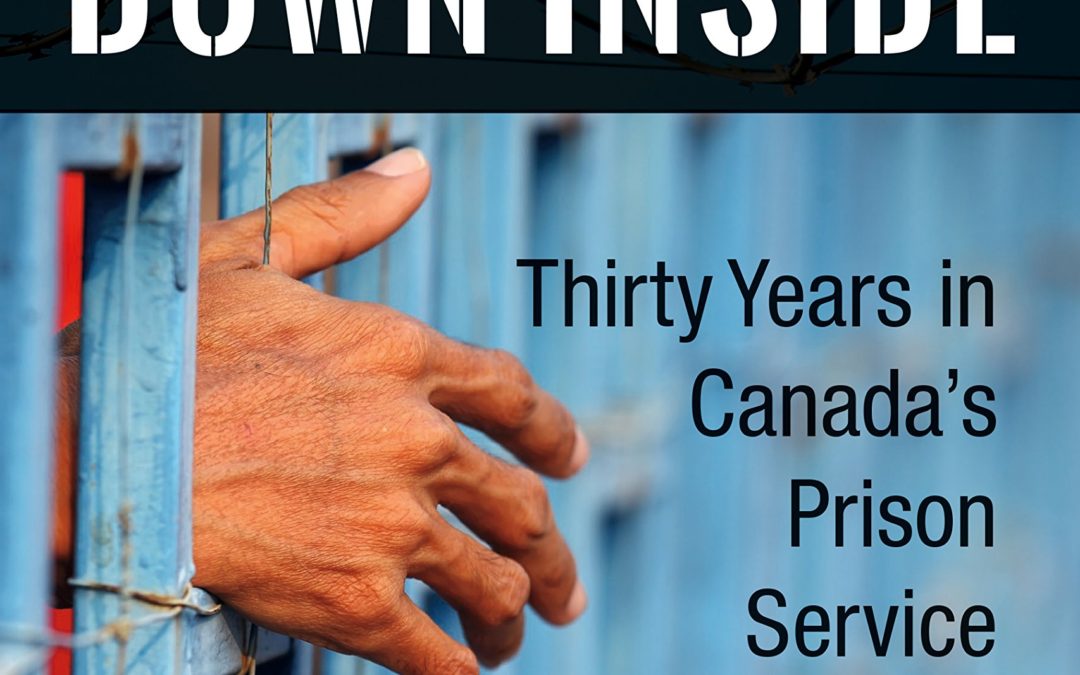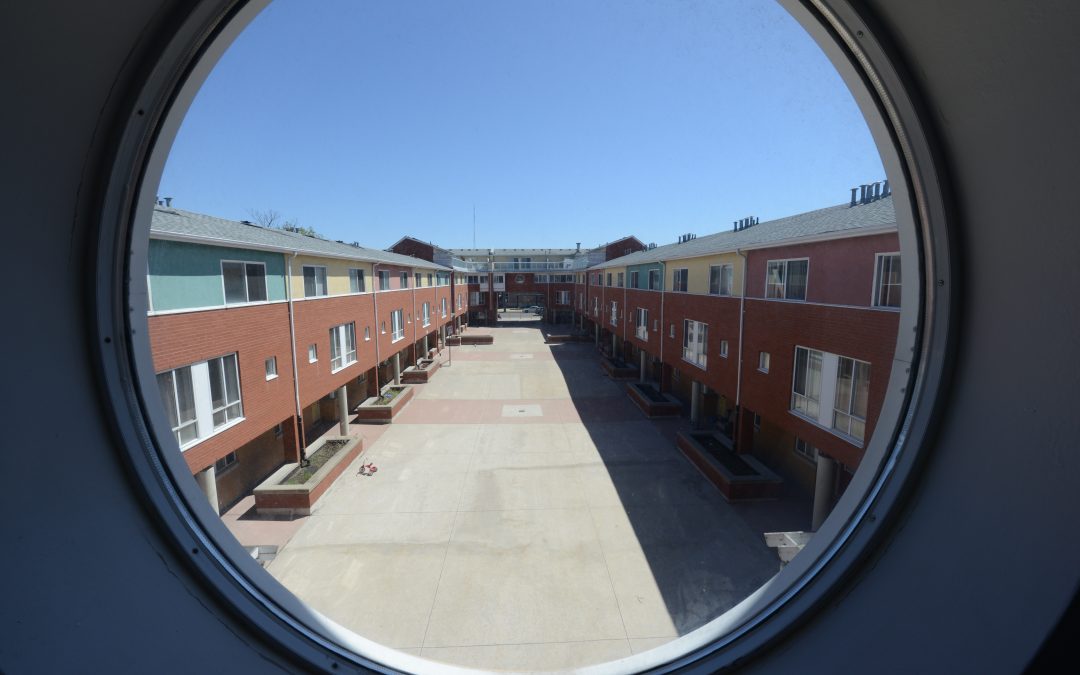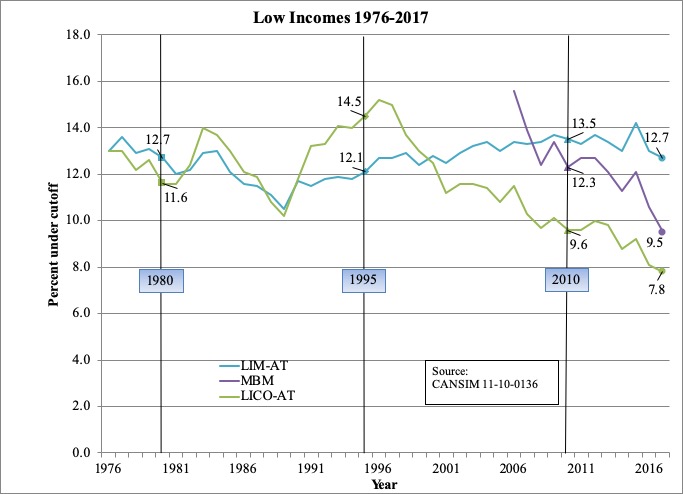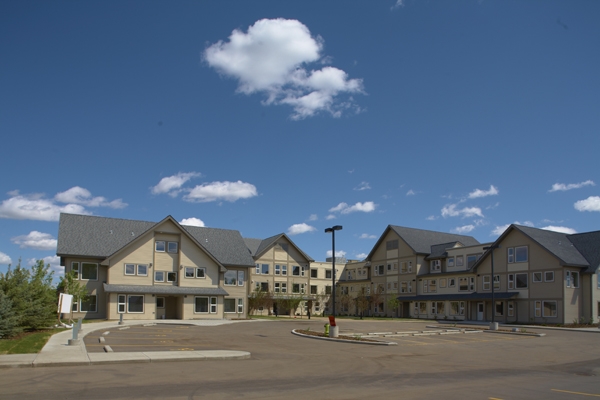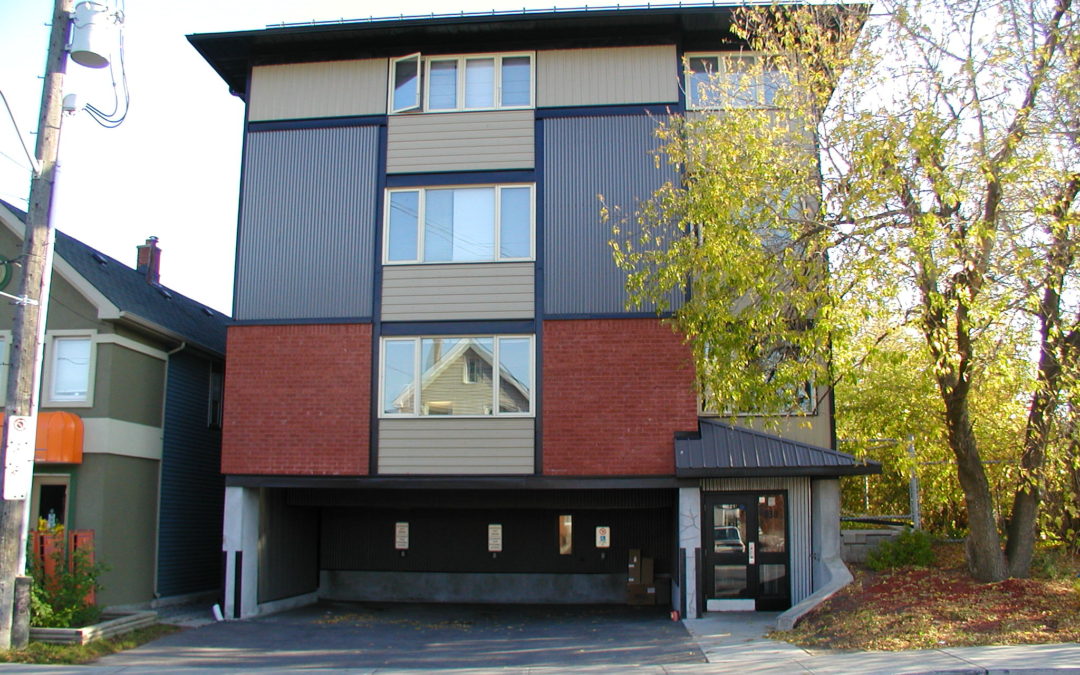
David Hulchanski class discussion
David Hulchanski class discussion
On 9 June 2020, I participated in a panel discussion in David Hulchanski’s graduate-level social housing and homelessness course at the University of Toronto. It included perspectives from Australia, Canada and the United Kingdom. Participants included Kath Scanlon, Wendy Hayhurst, Andy Yan, Carolyn Whitzman, and Sharon Chisholm.[1]
Here are 10 things to know:
1. The English-speaking countries of the OECD are known for their relatively stingy social welfare systems. In other words, Australia, Canada, and the United Kingdom (along with both the United States and New Zealand) have relatively low levels of social spending and relatively low levels of taxation, relative to the other OECD countries. Subsidized housing is part of a country’s social welfare system and very much impacted by its other pieces (e.g., social assistance, labour market policies, etc.).
2. Not surprisingly, all English-speaking countries of the OECD also have serious affordable housing challenges and large amounts of homelessness. In England, families who lose their housing can subsequently be placed into “temporary accommodation” where they can stay up to 10 years. Years ago, such families were provided with social housing; but there’s so little turnover in England’s social housing units that now such households are almost always placed into the private rental sector.[2] Recent analysis by Steve Pomeroy in Canada looked at the period between 2011 and 2016. During that time, Canada lost more than 300,000 units of private-landlord housing that were affordable to lower-income households (and the financialization of housing is believed to be largely responsible for this).[3] During the same period, fewer than 20,000 subsidized units were created for low-income households across Canada.
3. Housing affordability challenges in all of these countries appear to be getting worse, largely due to the financialization of housing. The financialization of housing refers to the increased use of housing as an investment tool, rather than to serve social needs. It is often facilitated by public policy that makes it attractive for corporate interests to invest in housing, thereby jacking up the price.
4. Poorly-designed tax policies appear to encourage the financialization of housing. For example, in Australia, even people with median incomes have found it attractive to buy a property and rent it out; any losses they incur can be written off against their income. Australia’s capital gains tax system has also made it attractive to do this. One of the undesirable outcomes of this phenomenon is that Australia has a lot of landlords who are not terribly passionate about being landlords.
5. In recent years, there has been growing awareness of the financialization of housing. Both Leilani Farha (former United Nations Special Rapporteur on the Right to Housing) and Martine August (an emerging scholar based at the University of Waterloo) have written and spoken extensively on the topic over the past several years. And Canada’s just-launched Recovery For All campaign includes several demands related to the financialization of housing.
6. Perversely, large groups of each country’s respective population benefit from many of the same rules that create homelessness. When an existing homeowner sees the value of housing increase, they recognize that the value of their assets is growing. Further, homeowners in Australia, Canada and the UK pay no capital gains tax on the windfall earned from the sale of their primary residence, representing substantial foregone revenue for their national treasuries.
7. England has very landlord-friendly rules. Right now, a standard tenancy in England lasts between six and 12 months, after which point the landlord is under no obligation to renew the tenancy. (Fortunately, the UK government is now talking about changing that law.)
8. Authorities in England are starting to focus more on homelessness prevention. When a person becomes legally homeless in England, their reason for becoming homeless is recorded. Now, the single biggest cause is eviction from a private tenancy, and over time that’s grown as a reason. Local authorities have therefore been directed to prevent homelessness when a person is on the verge of an eviction (e.g., with temporary grants). This focus on prevention is getting big in England, but it’s quite reactive; the household in trouble needs to reach out to the authority for help.
9. There are some silver linings worth noting. In Australia, Canada and England, the COVID-19 pandemic has generated an urgent imperative to deal with homelessness. For example, whereas so-called rough sleeping had previously been regarded as an intractable problem in England, a recent political commitment and funding enhancement essentially eliminated it (at least for now) in a matter of days.
10. Some panel participants encouraged ‘big thinking’ with respect to social housing. One participant suggested that housing advocates should advocate for social housing to eventually comprise 50% of all new housing units in Canada, noting we need to stop seeing social housing as the housing of last resort.
In Sum. Housing affordability challenges experienced in Australia, Canada and the United Kingdom appear to stem from poorly designed public policy. Low aggregate levels of taxation make it more challenging for governments to make substantial investments in social policies, and pro-landlord public policies appear to drive up housing prices. But if bad public policy brings on a lack of affordable housing, good public policy can help address it. Let’s hope the Recovery For All campaign gains some traction here in Canada!
I wish to thank Susan Falvo, Wendy Hayhurst, David Hulchanski, Kath Scanlon, Vincent St-Martin and Carolyn Whitzman for assistance with this blog post. Any errors are mine.
[1] We followed the Chatham House Rule, so the present blog post will not state who made which comment.
[2] Forty years ago, social housing made up one-third of England’s total housing stock. Now, it makes up about 20% of total housing stock.
[3] The lost units in question had monthly rents of $750 or less.
